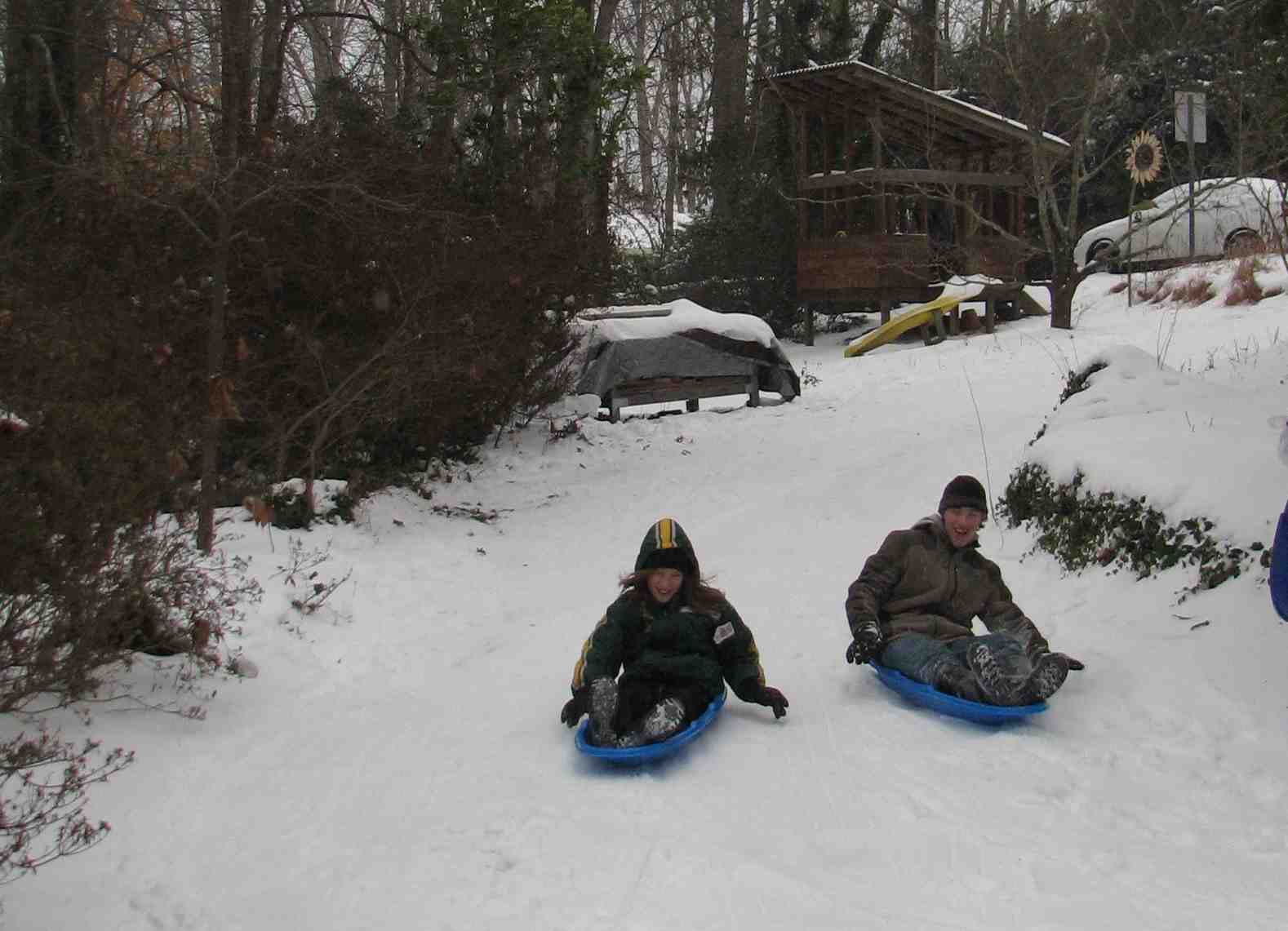Thank you town staff, Ms. Hall especially, for the assistance in assembling this information.
April 24th, 2006 – two days ago – after concerns were raised about the NextBus, Inc. deal – the town signed a contract with NextBus, Inc. for their proprietary system.
Help me, Obi-Wan Kenobi; you’re my only hope.
The schedule of work starts May 1st, 2006:
- May 1st, 2006 – Order vehicle hardware – $230,350.00
- July 1st, 2006 – Automatic vehicle location, maps, website – $276,000
- Aug. 1st, 2006 – Install signs – $75,000
- Sep. 15th, 2006 – System acceptance – $367,675
This will cover 14 signs, a website with 26 routes and equipment for 83 buses.
What a terrible deal compared to the recent ACTransit’s!.
ACTransit: 100 signs, 25 routes, 199 vehicles, 7 year warrantee – $1,031,079.
Chapel Hill: 14 signs, 26 routes, 83 vehicles, unknown warrantee – $949,025.
[UPDATE:]
May 8th I had an opportunity to speak with one of the folk from ACTransit who negotiated their great deal.
Turns out ACTransit got for their $1M:
- 54 new signs, 46 existing
- 125 new vehicles, 74 existing
- 13 new routes, 12 existing
7 years of support for their existing and new infrastructure.
New material: 54 signs, 125 vehicles, 13 routes. Coverage for existing 46 signs, 74 vehicles and 12 routes. Chapel Hill: 14 signs, 83 vehicles, 26 routes.
What a great deal!
I’ve contacted our IT director, Bob Avery, to get the detailed specifications, the criteria used to select a vendor and the results of comparing various solutions.
General Tagge: What of the Rebellion? If the Rebels have obtained a complete technical reading of this station, it is possible, however unlikely, they might find a weakness and exploit it.
Darth Vader: The plans you refer to will soon be back in our hands.
Admiral Motti: Any attack made by the Rebels against this station would be a useless gesture, no matter what technical data they have obtained. This station is now the ultimate power in the universe. I suggest we use it.
Even without the Death Star’s plans, based on Exhibit A of the contract, the obvious, expensive problems of this system are evident.
Six of seven questions to NextBus reveal a concern about additional costs due to excessive cellular phone charges. The concern appears to center on keeping the data flow to less than 5MB (megabytes) per month.
NextBus will be reselling Cingular Service to the town to support this data flow.
As an individual, I can get unlimited Cingular data service for $60 per month (that is, I can get it where their cruddy signal can reach – imagine NextBus’ problems getting a decent signal!). I have to believe it’ll be quite a bit cheaper for NextBus.
Is this a misplaced concern from a transit system with a 2006-2007 operating fund of $13.6 million ( $5M from UNC, $2.6M from Chapel Hill)?
But that’s beside the point! Why cellular at all?
We should be using a standards-based system that supports fixed and mobile networking, is expandable using off-the-shelf components, satisfies the highspeed connectivity demands of our first-responders and, for gosh sakes, advances the town’s technology infrastructure.
Two birds – one stone or a pig in the poke?
I hope the Council can intervene before the pig comes home to roost….


